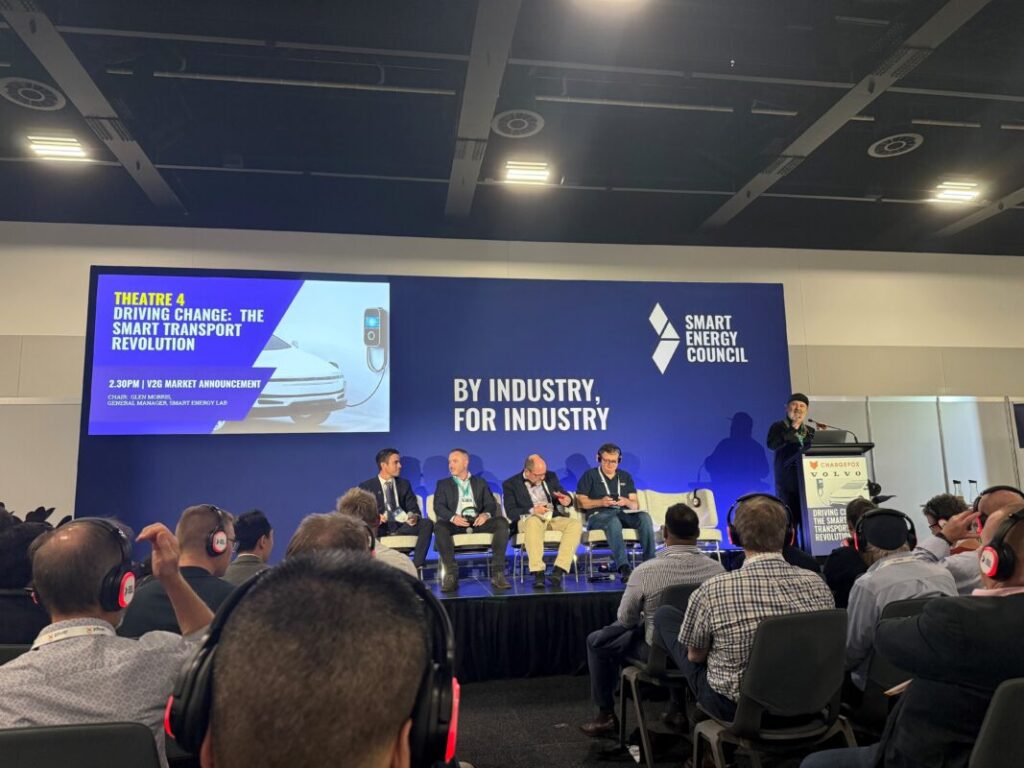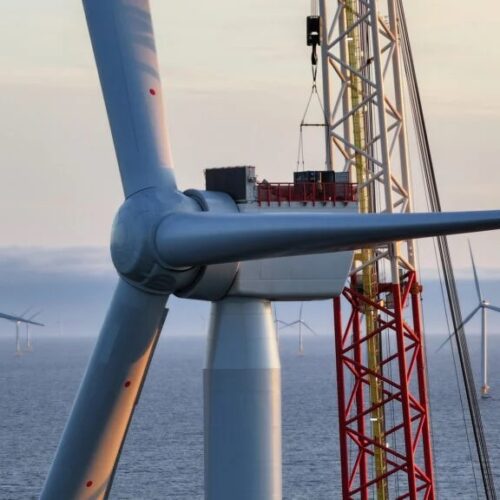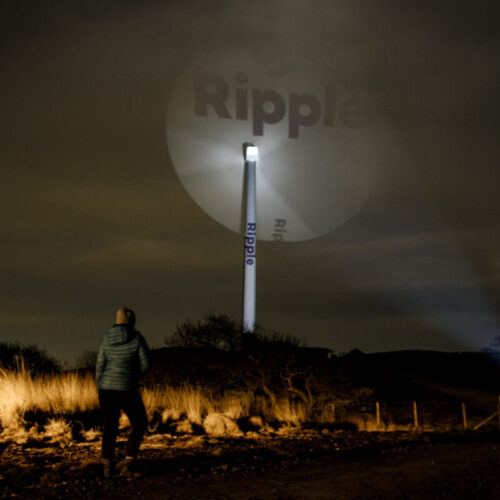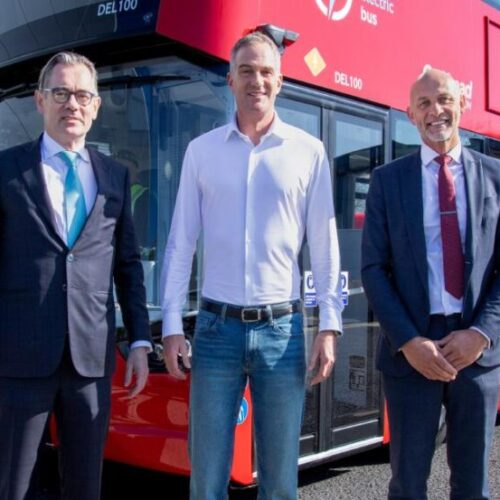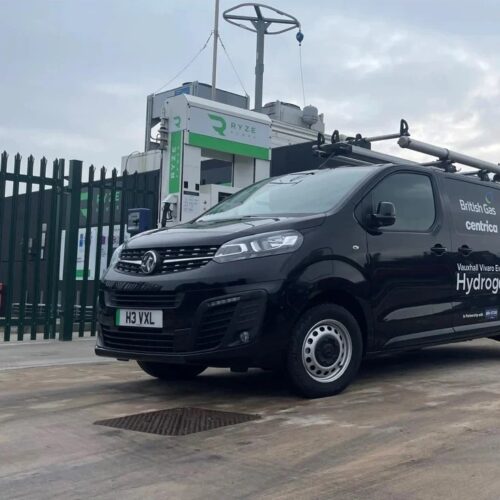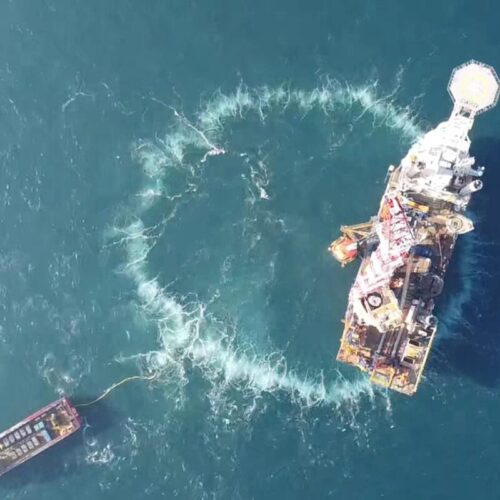Australian electricity distributor Essential Energy has confirmed that vehicle-to-grid (V2G) charging technology is now market-ready in Australia.
The announcement made earlier this week on the sidelines of the Smart Energy Conference in partnership with Australia’s national science agency, CSIRO, Sigenergy, a renewable energy technology company, and AUSEV, a distributor of commercial electric vehicles (EVs), essentially gives customers the green light to use V2G on the Essential Energy network.
Luke Jenner, chief operating officer of Essential Energy, said the announcement was a huge step forward in enabling the energy transition, highlighting that V2G was now market-ready.
“V2G unlocks the potential for customers to get more value out of their renewable energy investments and is a critical step in facilitating the uptake of electric vehicles. We have been trialling V2G on our network since 2023 with a customer using his Nissan Leaf and the Wallbox Quasar charger,” Jenner said.
Essential Energy’s Jenner told the audience that the organisation had completed a trial in which it connected AUSEV’s Ford F-150 Lightning, an electric light-duty truck, with a combined charging system (CCS2) DC bi-directional charger and the Clean Energy Council-approved Sigenergy storage system. Customers have been told they can use this configuration on Essential Energy’s network.
Before the Ford F-150 Lightning, Essential Energy had been trialling V2G connectivity with a Nissan Leaf, a smaller SUV-style vehicle with battery sizes of 40kWh and 62kWh. In contrast, the Ford Lightning’s battery size is much larger, coming in at 131kWh.
But why is this significant from an energy storage perspective? According to Jenner, Essential Energy’s network covers around 96% of New South Wales, including rural locations. If there were 500 Ford F-150 Lightning’s on the road, and just half of these had V2G capabilities, this could grant 32.75MWh of grid-connected energy storage capacity.
In addition, Chris Dunstan, energy strategy leader at CSIRO and one of the earliest advocates for V2G technology in Australia, highlighted the technology’s potential when factoring in Australia’s projected EV uptake.
“We are expecting around eight million EVs on Australian roads by 2035. If each of these could export 7kW, we’re talking 56GW of capacity. If even half of these have V2G capabilities and then a half are exporting, that’s still 14GW,” Dunstan said to the conference audience.
This article first appeared on our sister site, Energy-Storage.news. You can read the full article here.
